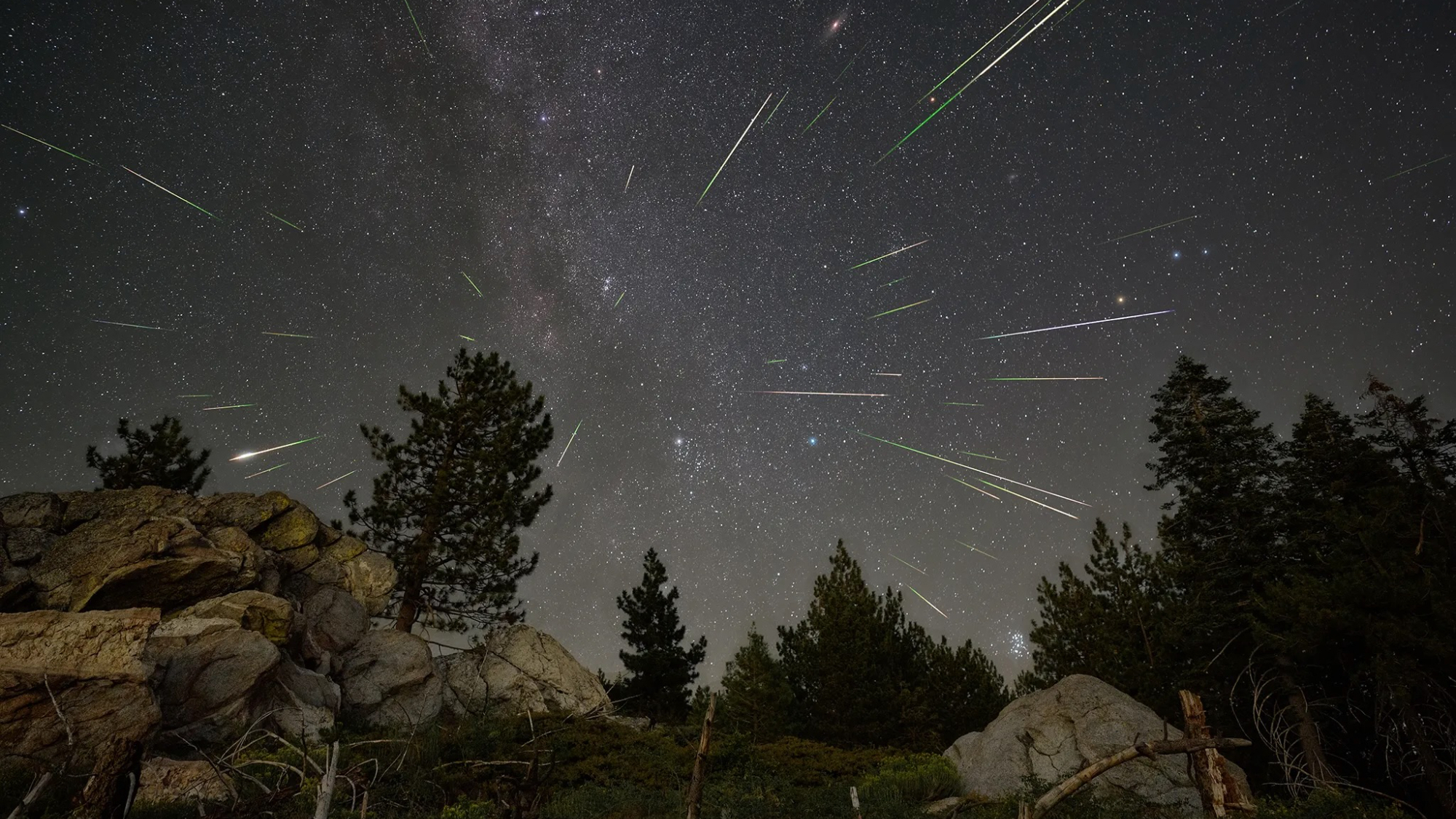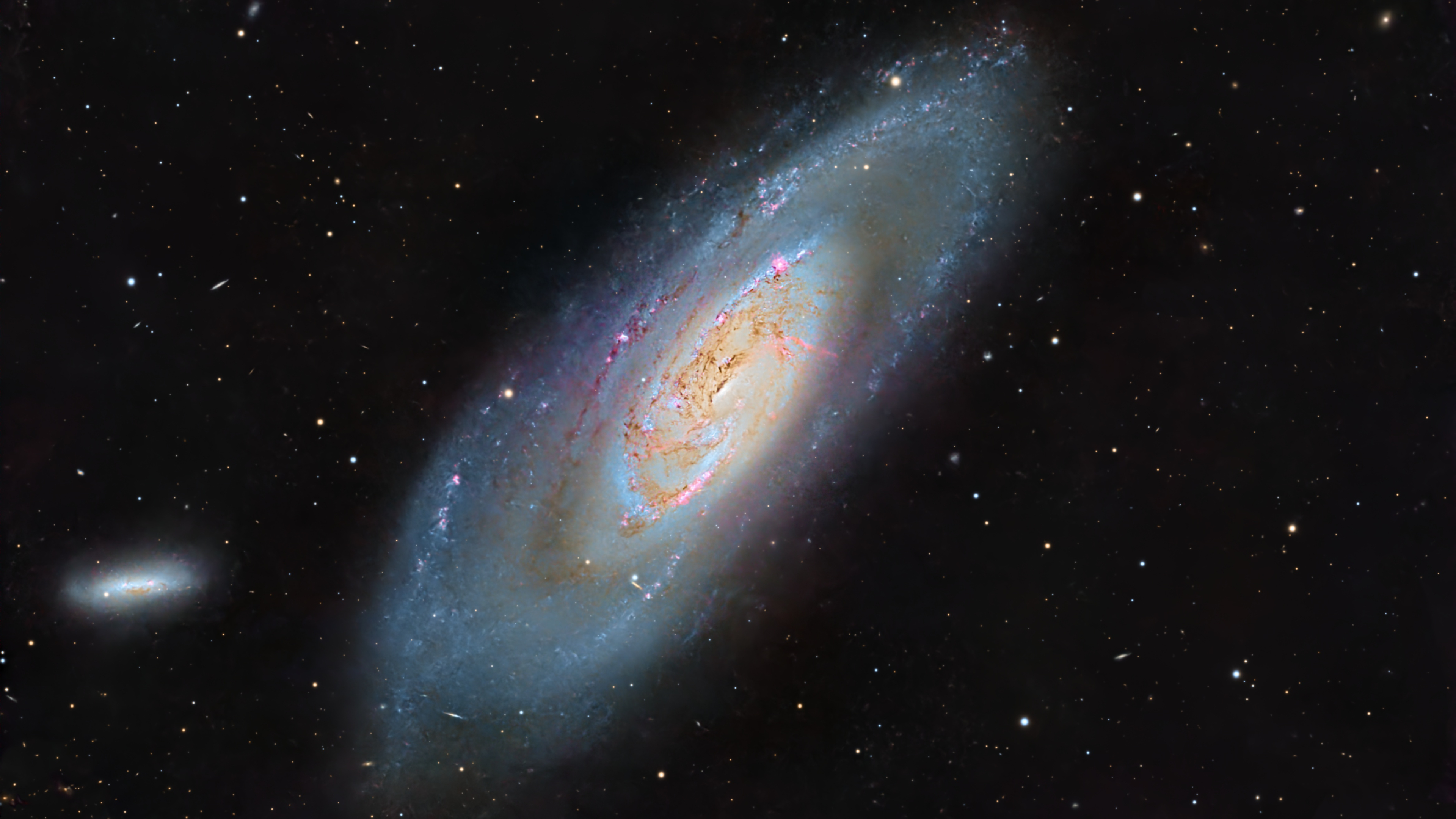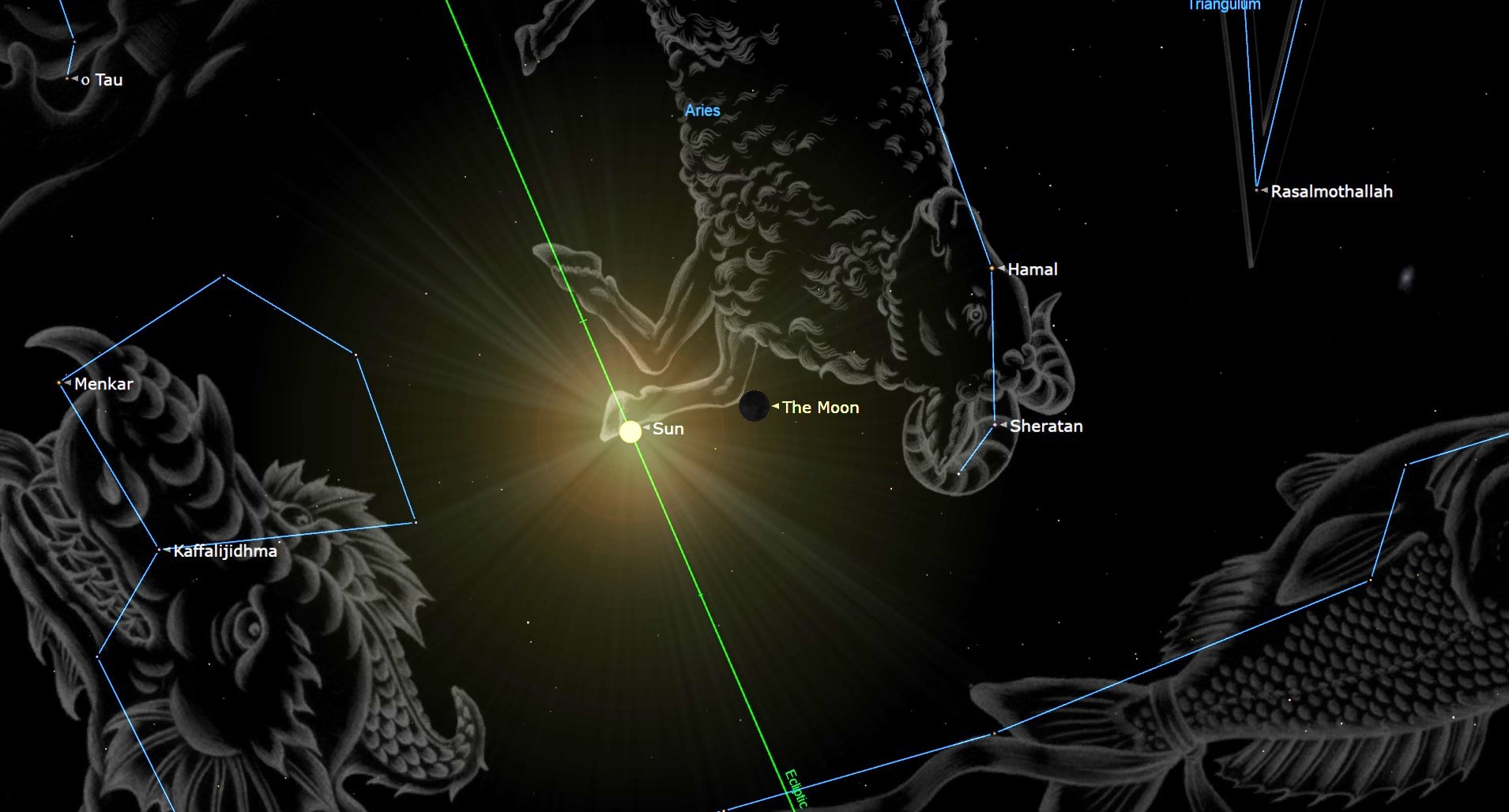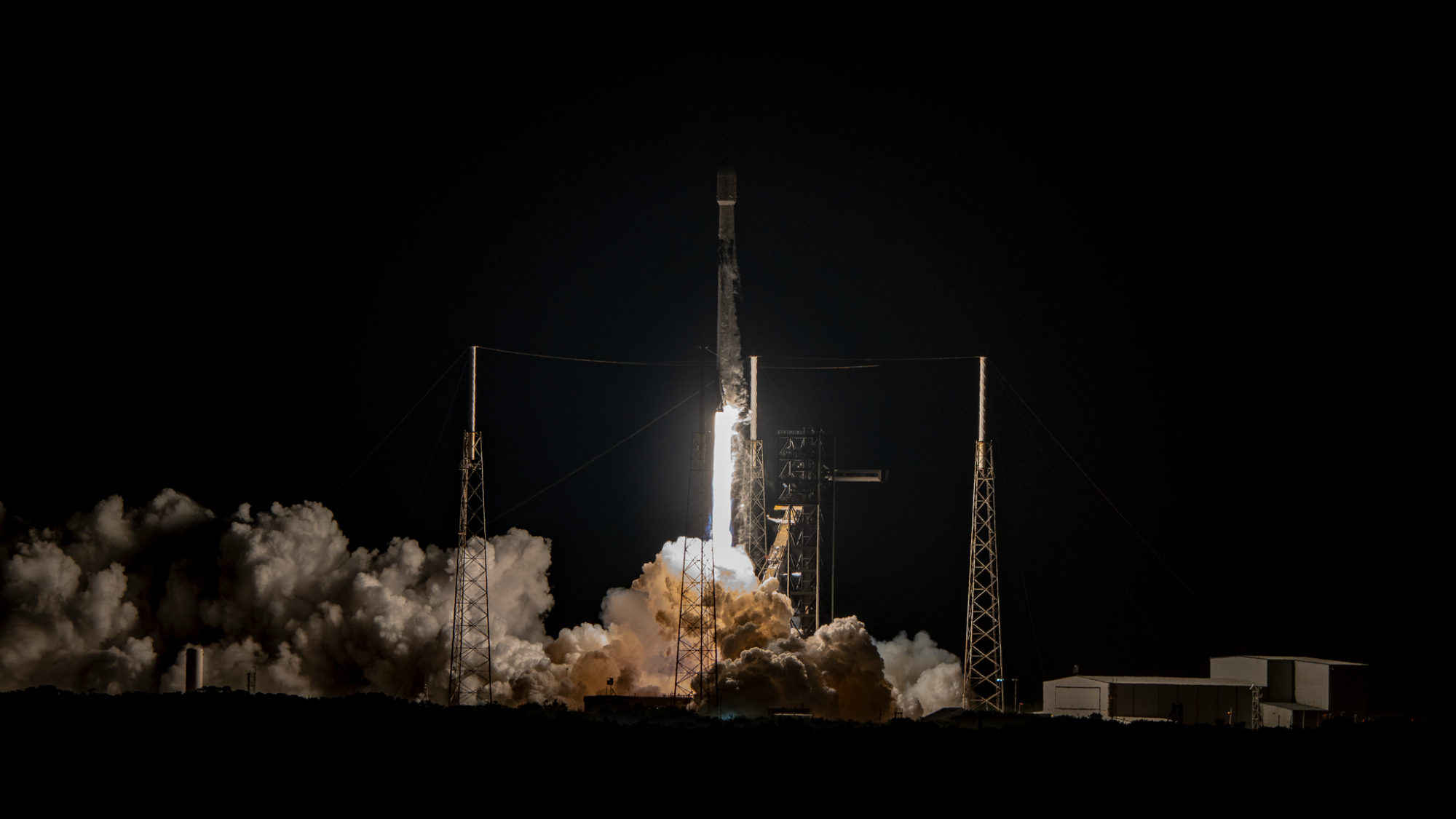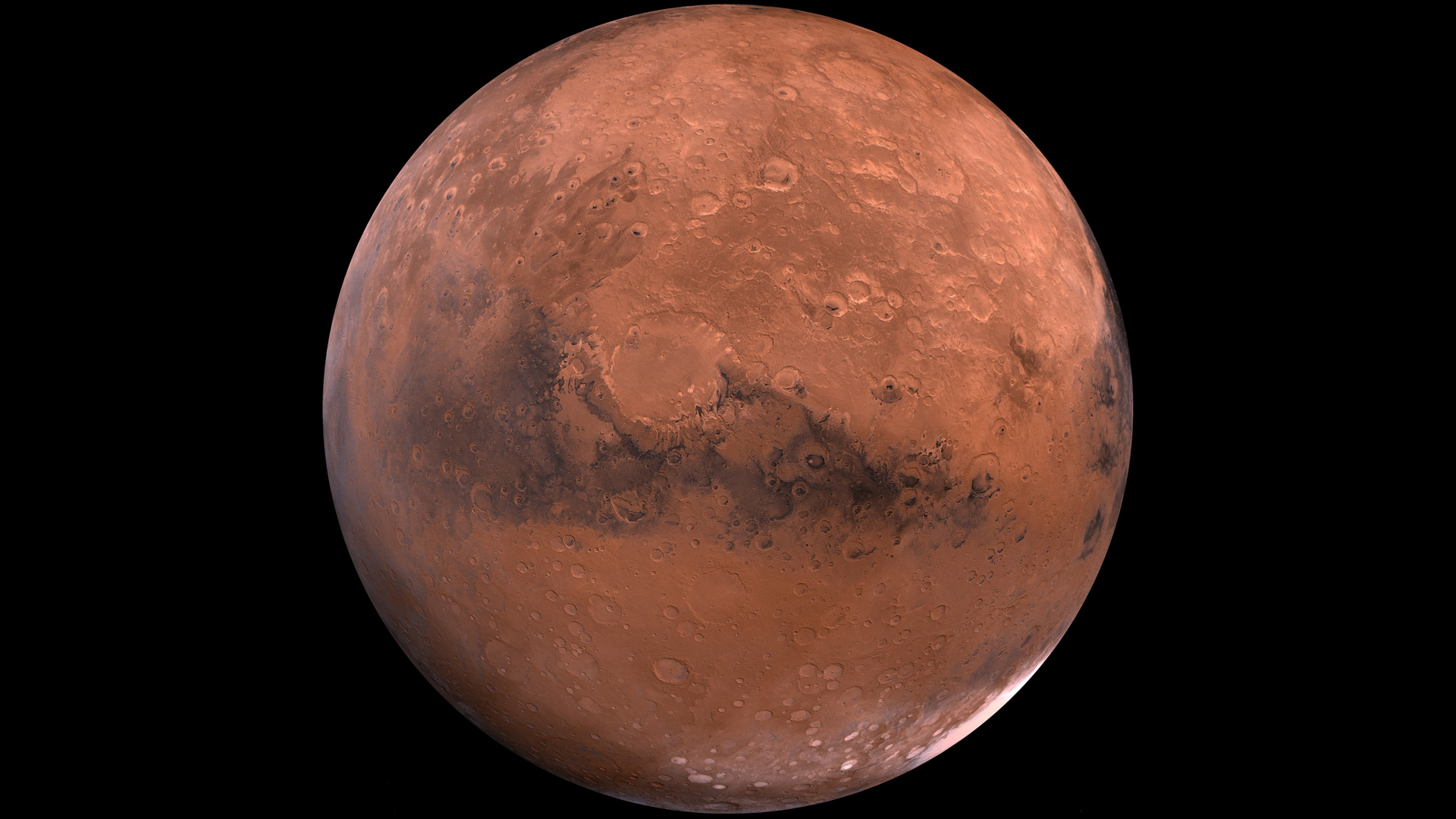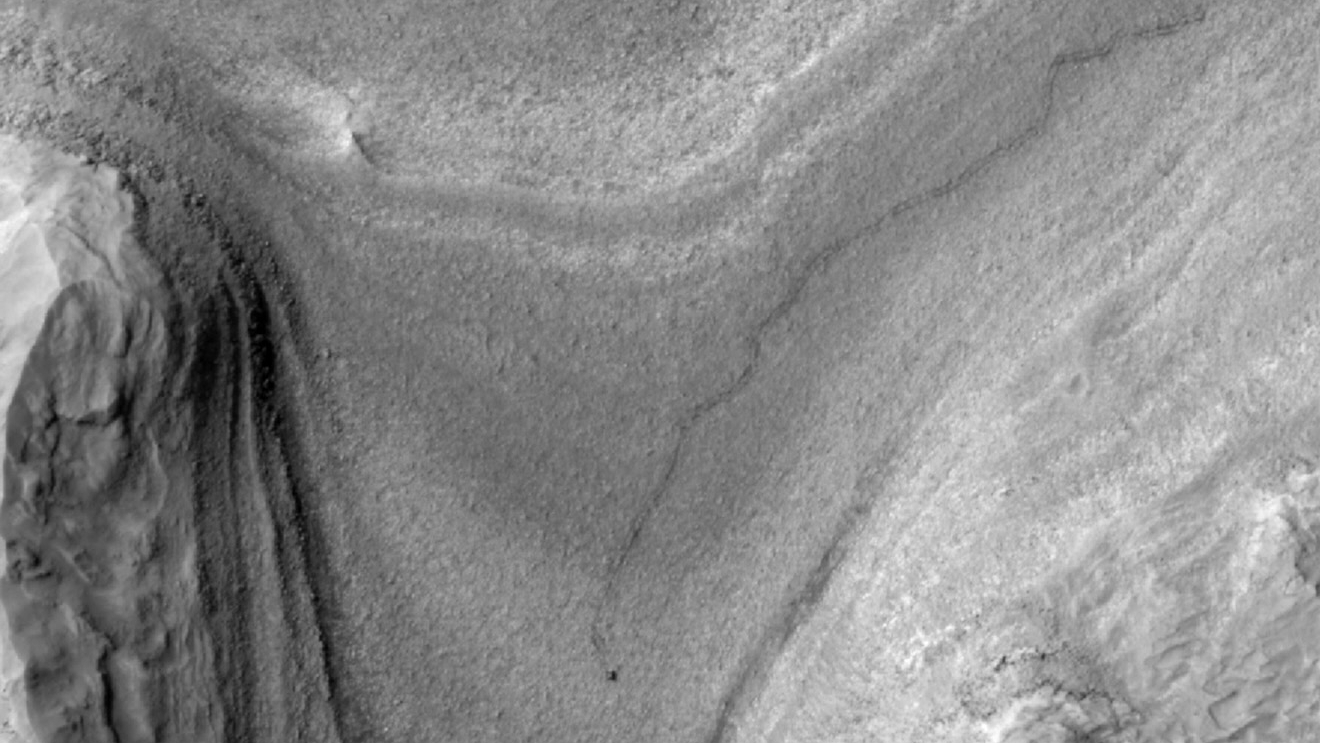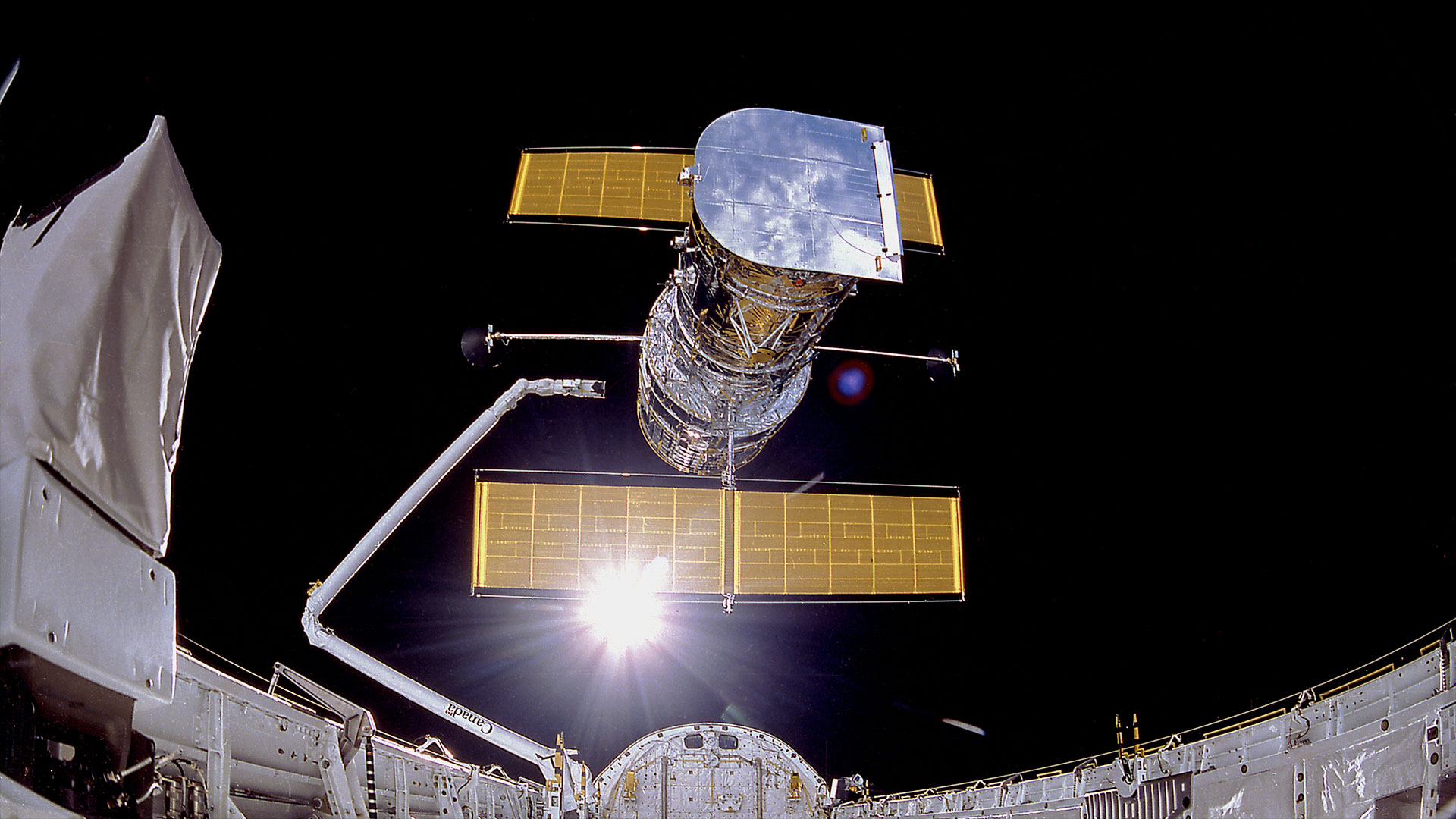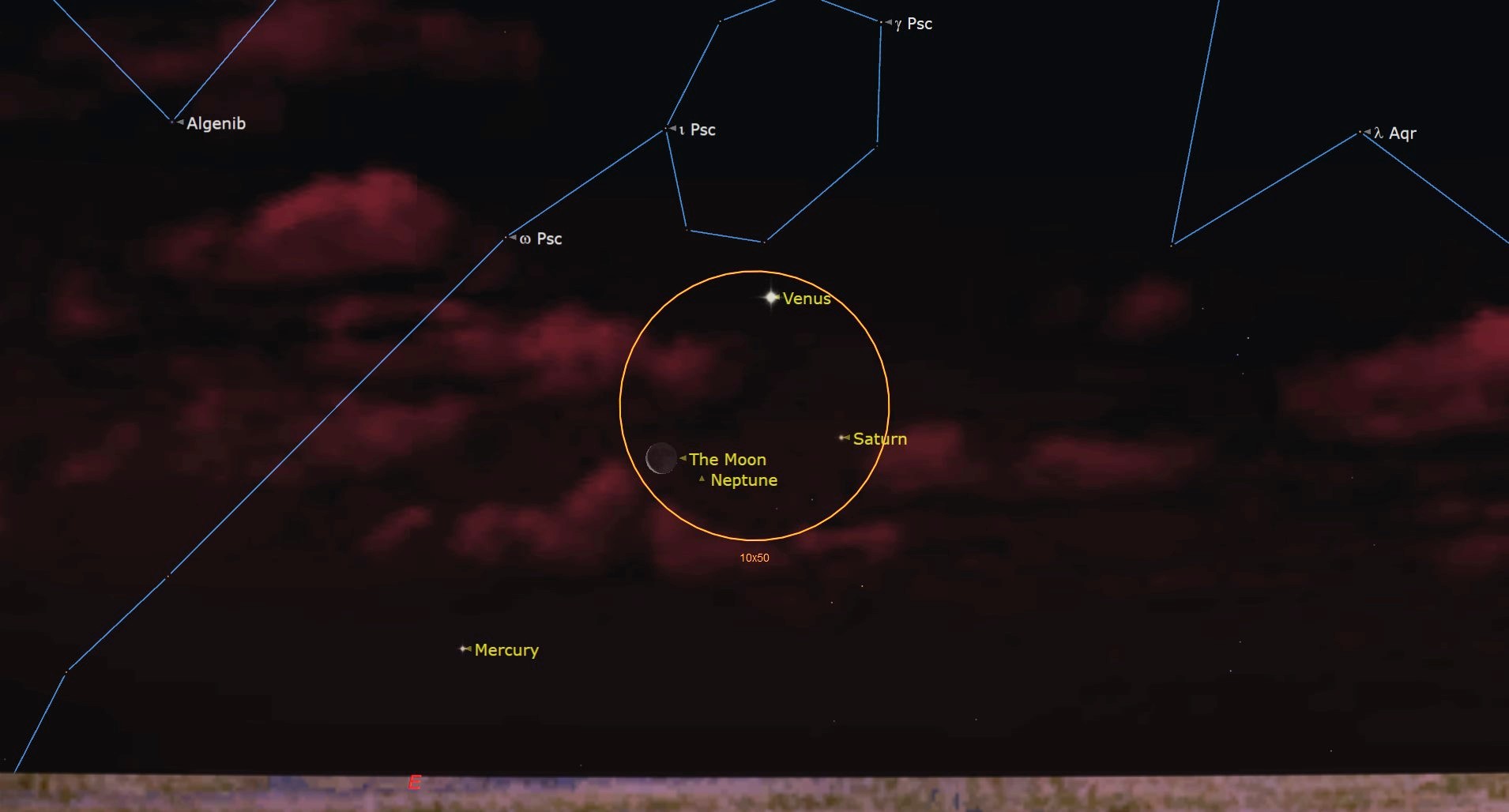
Since 1986 I have had an affiliation with the Hayden Planetarium in New York. My "official" title there is "Associate and Guest Lecturer." Indeed, through all of these years I given scores of presentations in Hayden's famous domed Space Theater and for several years even taught a course in introductory meteorology. Of late, among my duties is to interact with the mainstream media as well as members of the general public. If a question on astronomy or space is received either via email or snail mail, it will usually be forwarded to me for a response.
Recently, a handwritten letter on ruled looseleaf paper was forwarded to me, written by young lady named Ariana. She wrote:
"Thank you for taking and reading my letter. I am 9 years old and interested in space. I study rockets, biology, maps and energy. I even have a list of how to become an astronaut! I also have a question: Why do stars flicker at night?"
Our tempestuous atmosphere
I'm sure that most of us have noticed the "flickering" effect (as Ariana put it) of stars in our night sky. And we've all heard of the 19th century poem penned in 1806 by the British poet, Jane Taylor, with the simple title of "The Star,":
Twinkle, twinkle, little star,
How I wonder what you are!
Up above the world so high,
Like a diamond in the sky.
Some people probably believe that the twinkling effect is produced by the stars themselves, but that is not the case at all. As I explained in my reply to Ariana, if she were an astronaut on board the International Space Station (ISS). and looked out a window at the sky, she would immediately notice that the stars weren't flickering at all. In fact, they would all appear to shine with a steady glow. That should be a clue to why stars appear to twinkle, since the ISS orbits 254 miles (409 km) above the Earth — and its tempestuous atmosphere.
The twinkling effect is caused by the unstable state of the air through which a star's light must pass to reach our eyes. Especially near the ground, the air is almost always turbulent; cold and warm air currents mixing together can produce an effect like the "heat waves" seen along a highway on a warm summer afternoon, which can cause the scenery beyond to blur and quiver.
Get the Space.com Newsletter
Breaking space news, the latest updates on rocket launches, skywatching events and more!
Interestingly, while on some nights, a sky spangled with twinkling stars might seem to the average person like a spectacular backdrop for astronomers, it is quite the contrary. It is an indicator of a very unstable atmosphere; awful if you were trying to get steady views peering through a telescope.
Non-twinklers
Incidentally, one way that you can tell the difference between a star and a planet in the night sky is that planets do not appear to twinkle, or at least not very much. Unlike a star whose narrow rays of light are readily distorted by our turbulent ocean of air, planets appear significantly larger in apparent size. Rather than pinpoints of light, they appear through telescopes as disks which shine with a steady, non-twinkling light. This is especially evident with the two brightest planets, Venus and Jupiter, which look like very bright and steady silvery lights in the night sky with the unaided eye.
But it can be a much different story when we speak of the bright stars, especially in the case of the brightest one of all, Sirius.
A multicolored display
Sirius is special, not so much that it is at the top of the list of the 21 brightest stars in the sky, but it also out-dazzles its nearest competitor, Canopus, the second brightest star by 0.8 of a magnitude. Put another way, in terms of ratio of brightness, Sirius appears more than twice as bright as Canopus. The lower the figure of magnitude, the brighter the star and Sirius is one of only four stars seen from our earthly perspective with a negative magnitude (-1.45). It is also nine times more brilliant than a standard first magnitude star; we can attribute its superior brilliance to the fact that at a distance of 8.6 light-years, it is the fifth nearest star known. That's "only" 550,000 times more distant than our own sun — right across street (so to speak) so far as the universe is concerned.
Its very name appears to be derived directly from the Greek word for "sparkling" or "scorching." Another thing that makes Sirius stand out is its color: brilliant white but also shining with a definite tinge of blue.
For those of us living in the Northern Hemisphere, Sirius has always been associated with wintertime. As Robert Burnham, Jr. writes in Volume One of his Celestial Handbook: "To Americans the coming of Sirius heralds the approach of the Christmas season and conjures up visions of sparkling frosty nights and snow-laden fir trees."
And yet, we are now approaching mid-spring, seemingly well past the "prime-time" for viewing Sirius. But it is now that this lustrous stellar jewel will be putting on its best show for evening skywatchers.
As was noted earlier, our atmosphere, especially near to the horizon, can be especially turbulent. In the case of bright stars, particularly close to the horizon, they can seem to splinter momentarily into all the colors of the rainbow.
But no star can rival Sirius, which scintillates with such prismatic colors in such a remarkable way. Martha E. Martin wrote in her 1907 book "The Friendly Stars" (Revised with Donald H. Menzel in 1964), that you can watch Sirius, "twinkling fast and changing with each motion from tints of ruby to sapphire and emerald and amethyst."
When and where to look
To get your best view of the "Sirius show," you should find a location that will afford you a clear and unobstructed view of the west-southwest horizon.
In the table below, we provide times when Sirius will be sitting only a mere 5 degrees above the horizon. Your clenched fist held at arm's length measures 10 degrees in width, so here, at the selected times in our table, we're talking about Sirius appearing no higher than "half a fist up" from above the west-southwest horizon. Also listed is the time of the ending of nautical twilight, when the sun is 12 degrees below the horizon and the background sky is still reasonably dark.
Date | Twilight ends | Sirius 5 degrees up |
|---|---|---|
April 25 | 8:50 p.m. | 9:50 p.m. |
April 28 | 8:54 p.m. | 9:38 p.m. |
May 1 | 8:58 p.m. | 9:26 p.m. |
May 4 | 9:02 p.m. | 9:14 p.m. |
May 6 | 9:04 p.m. | 9:06 p.m. |
Take note especially of the "scintillating effect" of such a bright star hovering so close to the horizon. And if you want to enhance it, then use binoculars or even a telescope at low power; the smoldering colors can be quite striking.
Those who cast a casual early evening gaze toward Sirius these next couple of weeks might mistake it for a distant drone or even a UFO. After May 6, it will rapidly slide down into the sunset fires and likely will end its evening visibility on, or about May 11.
Sirius will then remain out of sight for about three months, until it finally reappears just above the east-southeast horizon amidst the dawn twilight in mid-August. Although it will be just past mid-summer by then, its emergence from the glare of the rising sun will serve as a celestial prologue to the much colder nights that lie ahead in the weeks and months to come.
Joe Rao serves as an instructor and guest lecturer at New York's Hayden Planetarium. He writes about astronomy for Natural History magazine, Sky and Telescope and other publications.
Join our Space Forums to keep talking space on the latest missions, night sky and more! And if you have a news tip, correction or comment, let us know at: community@space.com.

Joe Rao is Space.com's skywatching columnist, as well as a veteran meteorologist and eclipse chaser who also serves as an instructor and guest lecturer at New York's Hayden Planetarium. He writes about astronomy for Natural History magazine, Sky & Telescope and other publications. Joe is an 8-time Emmy-nominated meteorologist who served the Putnam Valley region of New York for over 21 years. You can find him on Twitter and YouTube tracking lunar and solar eclipses, meteor showers and more. To find out Joe's latest project, visit him on Twitter.
You must confirm your public display name before commenting
Please logout and then login again, you will then be prompted to enter your display name.
